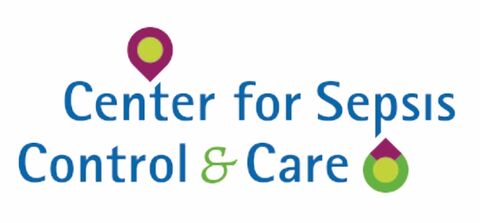Vorhersage einer neonatalen Sepsis (EONS) nach frühem vorzeitigen Blasensprung durch vaginale Mikrobiom-Analyse



Vorhersage einer neonatalen Sepsis (EONS) nach frühem vorzeitigen Blasensprung durch vaginale Mikrobiom-Analyse
| Applicant/ Coordinating investigator |
Prof. Dr. med. Ekkehard Schleußner, Department of Obstetrics, Jena University Hospital and Priv.-Doz. Dr. med. Kristin Dawczynski, Department of Pediatrics, Unit Neonatology, Jena University Hospital |
| Title of trial |
PEONS pilot trial - Prediction of Early-Onset Neonatal Sepsis (EONS) in pregnant women with Preterm Premature Rupture of membranes (PPROM) by vaginal microbiome analysis – a pilot study |
| Research Field | B – Novel strategies for antimicrobial treatment D – Outcome Research |
| Medical condition | PPROM (Preterm Premature Rupture of Membranes) AIS (Amniotic Infection Syndrome), EONS (Early-Onset Neonatal Sepsis) |
| Objective(s) | An EONS occurred in nearly 14-22 % of the preterm infant of pregnant women with PPROM. To this day no risk prediction is established. The main aim of this pilot study is generating primary data with a focus on the vaginal microbiome to set-up a prospective, multi-centre trial investigating the role of the vaginal microbiome for future EONS risk prediction. The planned PEONS pilot trial is subdivided in four Work packages Chapter 3.6: 1 – Recruitment, sample collection and routine clinical diagnostics 2 – Microbiome analysis by 16S rRNA 3 – Microbiome/ Metagenome analysis by “Nanopore” (proof-of-principle) 4 – Blood biomarkers (CAAP48 peptide analysis) and will enroll hospitalized women with a PPROM event and between 22+0 and 34+0 weeks of gestation and neonates with signs of EONS (Subgroup 1) and without signs of EONS (Subgroup 2). Chapter 2.2 |
| Intervention(s) |
Experimental intervention/index test:
|
| Key inclusion and exclusion criteria | Key inclusion criteria: • full age pregnant woman with PPROM and their born preterm infants • hospitalization between 22+0 and 34+0 weeks of gestation • multipara possible Key exclusion criteria: • hospitalization with PPROM before limit of viability are reached • intrauterine fetal death • no study agreement • not able to consent |
| Outcome(s) | Primary efficacy endpoint: The development of EONS defined as the presence of confirmed or suspected sepsis at ≤3 days after birth for which neonatal antibiotic treatment was prolonged beyond 72 hours. Chapter 3.3 |
| Study type / design |
Non-interventional, observational, prospective, controlled, non-randomized, Masking: Open-label Purpose: Diagnostic, prognostic |
| Biostatistical and bioinformatic analysis | General: Center for Clinical Studies (ZKS)/ Core Unit “Clinical Epidemiology”, University Hospital Jena under the guidance of Prof. Dr. André Scherag Vaginal and neonatal microbiome: Prof. Dr. Dietmar Pieper, Helmholtz Center for Infection Research (HZI), Braunschweig and Dr. Oliwia Makarewicz, Research Lab, Institute for Infectious Diseases and Infection Control (IIMK), Jena University Hospital according to e.g., Camarinha-Silva et al. and Schulz et al. (genera and species taxonomic levels). n = 75 n = 67 n = 65 |
| Sample size | To be assessed for eligibility: n = 75 To be assigned to the trial: n = 67 To be analysed: n = 65 |
| Trial duration | First patient in to last patient out (months): 12 month Duration of the entire trial (months): 18 month Recruitment period (months): 12 month |
| Participating centres | n = 2 (Jena University Hospital, University Hospital Halle/S.) |


